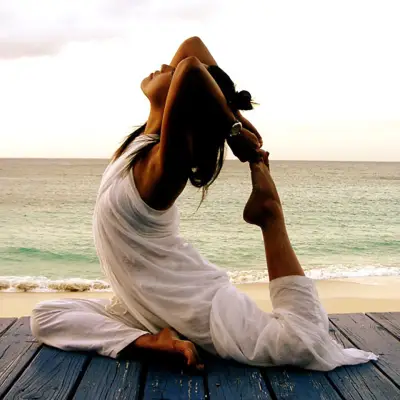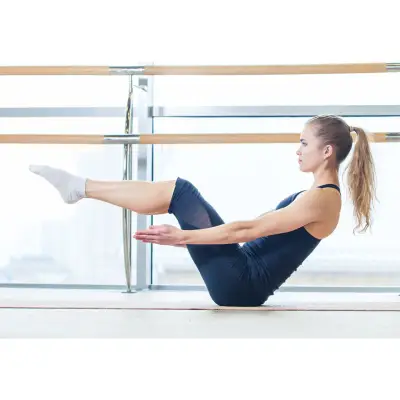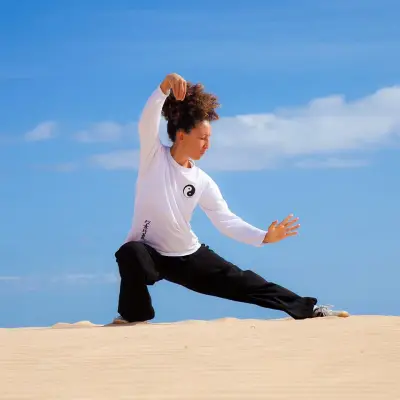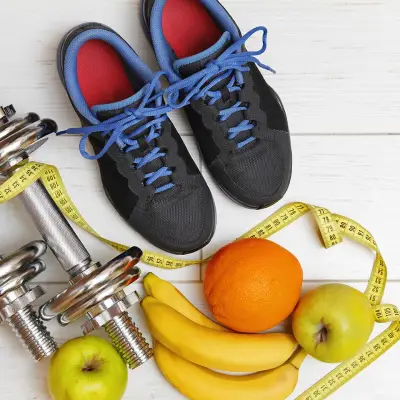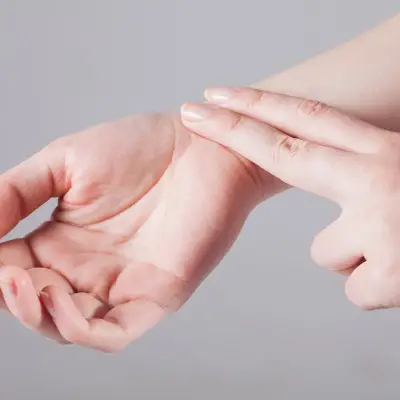In our day to day lives, we don’t usually think much about how we move or carry ourselves and we tend to go about our day without paying attention to the connection between our bodies and mind. In this article we explore the popular mindful practice - the Alexander Technique. We’ll take a look at its principles, exercises you can try at home and the lasting impact it can have on improving posture and reducing stress.
Jump to:
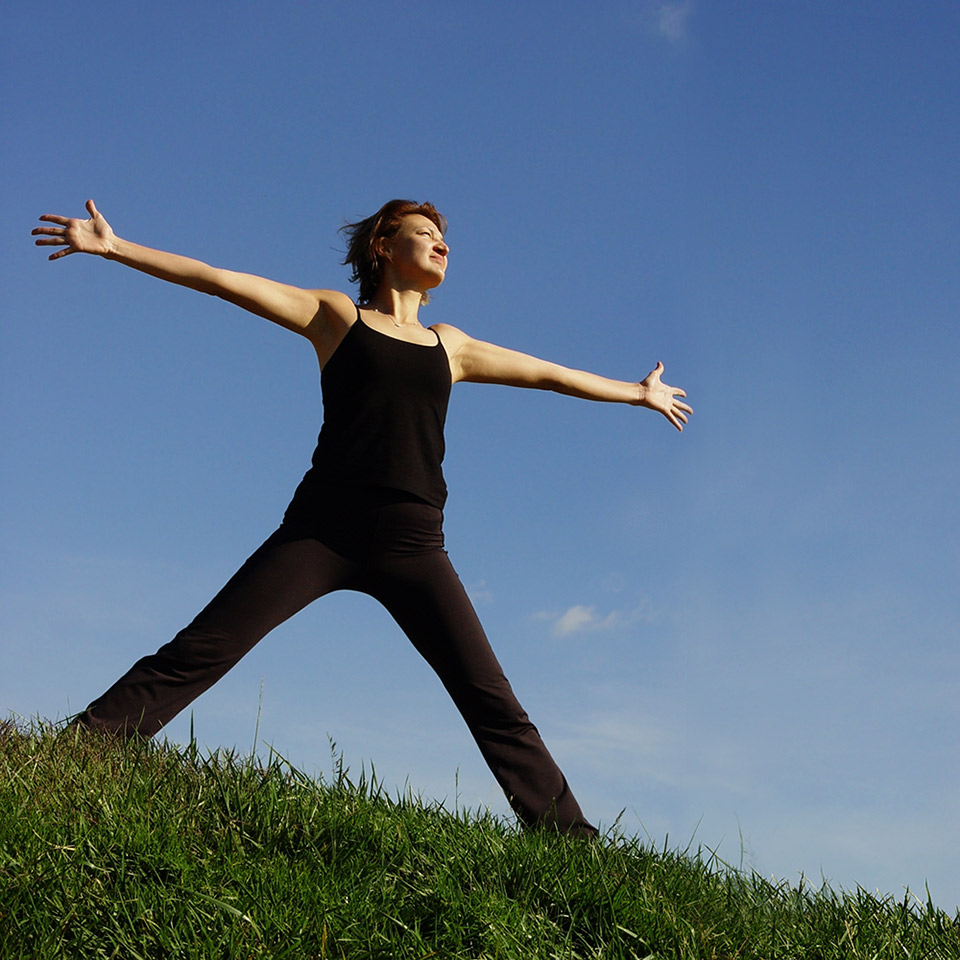
What is the Alexander Technique?
The Alexander Technique is a method designed to improve mind-body coordination and was founded by F.M Alexander in the late 19th century. It focuses on the fundamental relationship between the mind and body. At its core, the technique looks to address and correct harmful habits of movement and posture that people develop over time.
History and Origin
F.M Alexander was an Australian actor in the 1890s and had a lot of vocal and respiratory issues during his performances. In an attempt to find a solution, he started observing himself in mirrors and noticed that he had developed certain habits that created tension in his body, resulting in the problems he was having. He continued his research and developed a unique approach to bettering movement and posture - which is now known as the Alexander Technique.
In 1904 Alexander moved to London where he taught his technique to individuals looking to improve their performance and well being. He eventually published a book called “The Use of the Self” in the 1930s which was essentially a documentation of his experience and principles.
Since the early 1900s, with its roots in performing arts, the Alexander Technique has grown into a recognised holistic practice in areas like education, healthcare and personal development. It’s been used by many actors, musicians and athletes as well, most notably by Sir Paul McCartney who has openly credited the Alexander Technique for its positive impact on his performance. He’s stated it has improved his general posture and relieved him of his back pain, helping him feel more comfortable during his long recording sessions.
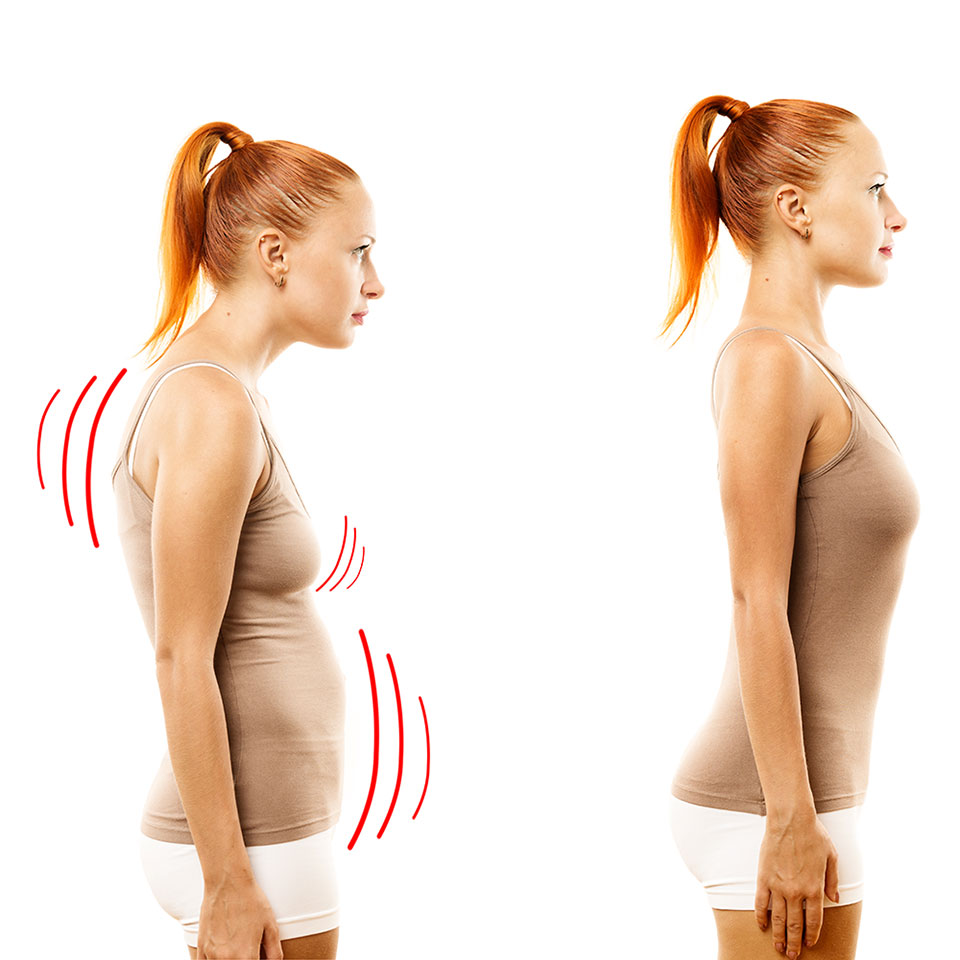
Benefits of the Alexander Technique
Improved Posture
One of the primary benefits of practising the Alexander Technique is the improvement of posture and alignment. The technique involves using self awareness and conscious movement to learn to identify and rectify bad posture habits. The more it is practised, the more noticeable the improvement of overall posture. This can provide a lot of people with more daily comfort and less strain on their neck and back.
Decreased Tension
This technique can also lessen mental and physical tension. By paying attention to how our bodies hold tension, we can let go of unnecessary strain and make our movements feel more comfortable. This, in turn, has a positive impact on mental well-being and helps lessen feelings of stress and instead relaxes the mind. Those who practise the Alexander Technique regularly have reported they feel better equipped to handle challenging situations with more composure.
Increased Body Awareness
Central to the Alexander Technique is the development of body awareness. Those who practise it become more aware of the small signals their bodies send them which helps them understand how their thoughts and movements are connected. Being more aware like this lets individuals choose how they use their bodies during different activities and by getting better at this awareness, they can stop tension from building up and avoid bad habits. The outcome is a more thoughtful and intentional way of taking care of your physical well being.
Pain Management
There is also evidence that the Alexander Technique has been effective when it comes to pain management. Those dealing with chronic pain conditions or recovering from injuries, have found relief simply by practising it. They’ve also reported a reduction in pain level and an improved ability to cope with discomfort. It’s suggested that the emphasis on conscious movement and the release of tension contributes to a more comfortable and pain free experience.
Recommended for you!
Best SellersPrinciples of the Alexander Technique
At the core of the Alexander Technique is the concept of mind and body unity. This principle recognises that our bodies and minds are interconnected and influence each other. Rather than seeing them as separate entities, the technique emphasises the holistic nature of our being. Having this awareness of unity allows those practising the Alexander Technique to learn how to address the thought patterns contributing to tension and discomfort as well as addressing the physical habits.
There is also “Inhibition” which refers to the conscious pause or moment of restraint before engaging in any action. It involves refraining from habitual responses and allowing space for a more considered and intentional approach. “Direction” is then the conscious guidance of thought that precedes and accompanies movement. In the Alexander Technique, individuals aim to combine the two so they can break free from automatic reactions based on emotion and instead guide their bodies towards more coordinated actions.
Lastly we have primary control and the use of the self. The principle of primary control involves the relationship between the head, neck, and back and is considered the primary coordination point for movement and balance. With the Alexander Technique you can learn to optimise this primary control so that you have a more balanced and coordinated use of the entire body. The “use of self” refers to how individuals apply the principles of the technique in their daily activities. For example, observing and being conscious of your body even when you’re sitting at a desk, or just walking around the house.
Example Exercises
The Alexander Technique is usually learned through lessons with a certified instructor but we’ll introduce you to some basic exercises you can try at home by yourself.
- The Body Scan: Begin by sitting or standing comfortably. Close your eyes and mentally scan your body, noting areas of tension or discomfort. Allow those areas to release tension gradually, and let your body feel more at ease.
- Neck release: While sitting or standing, gently tilt your head forward and backward, then from side to side. Pay attention to any tension in the neck and allow it to release as you move.
- Constructive rest: Lie down on your back with your knees bent and feet flat on the floor. Spend a few minutes consciously releasing tension and allowing your body to align naturally.
Consistency is key when it comes to the Alexander Technique. As you regularly practise, you’ll reinforce the principles and they’ll soon be integrated into your daily routine. As with any skill improvement comes with time and repetition so start by dedicating just a few minutes each day to the exercises above to build a foundation of mindful movement. As you practise and progress you’ll notice healthier movement habits developing and you’ll start to feel more present as your movements are now intentional.
Applying the Alexander Technique in Daily Life
We’ve touched on a few basic exercises you can do, but the real benefit comes from integrating the principles into routine activities so that it becomes a part of your daily life, rather than something you have to do separately.
Here’s a few tips for maintaining awareness during routine tasks:
Mindful Sitting: When sitting, pay attention to the contact between your body and the chair. Allow your spine to lengthen and your shoulders to release tension, providing a more comfortable and aligned posture.
Gentle Walking: While walking, be aware of your steps and the connection between your feet and the ground. Let go of unnecessary tension in your neck and shoulders, allowing for a more natural and effortless gait (pattern of walking).
Breathing Awareness: Take moments throughout the day to observe your breath. Allow it to be calm and unrestricted, giving you a sense of relaxation and mental clarity.
Practising these principles can improve so many areas in your life. If you are a working professional, bettering your posture and reducing tension can strengthen your back and neck, especially if you’re working long hours at a desk. It can even support you if you are into sports and physical activity as it can help prevent certain injuries by optimising your movement patterns.
Whether you're seeking improved posture, stress reduction, or a career as a certified practitioner, consider checking out our accredited Alexander Technique Diploma Course for just £29! You’ll learn how the practice has evolved and the principles that guide it, the anatomy and physiology of the human body, how to become mindfully aware, and exercises you can do to practise the Alexander Technique!

